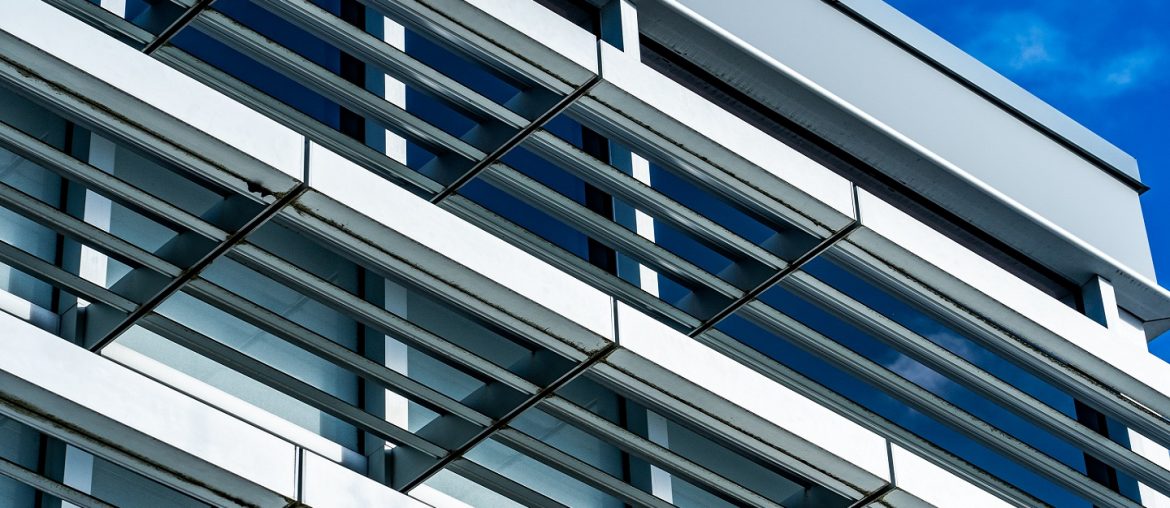Aluminum alloys have many structural applications in the civil engineering field and modern construction industry. After steel, aluminum is the second most widely used construction material to build commercial buildings and domestic dwellings. In this article, we’ll discuss the benefits of using Thai aluminum for house construction.
Durable and impressive damage withstanding ability
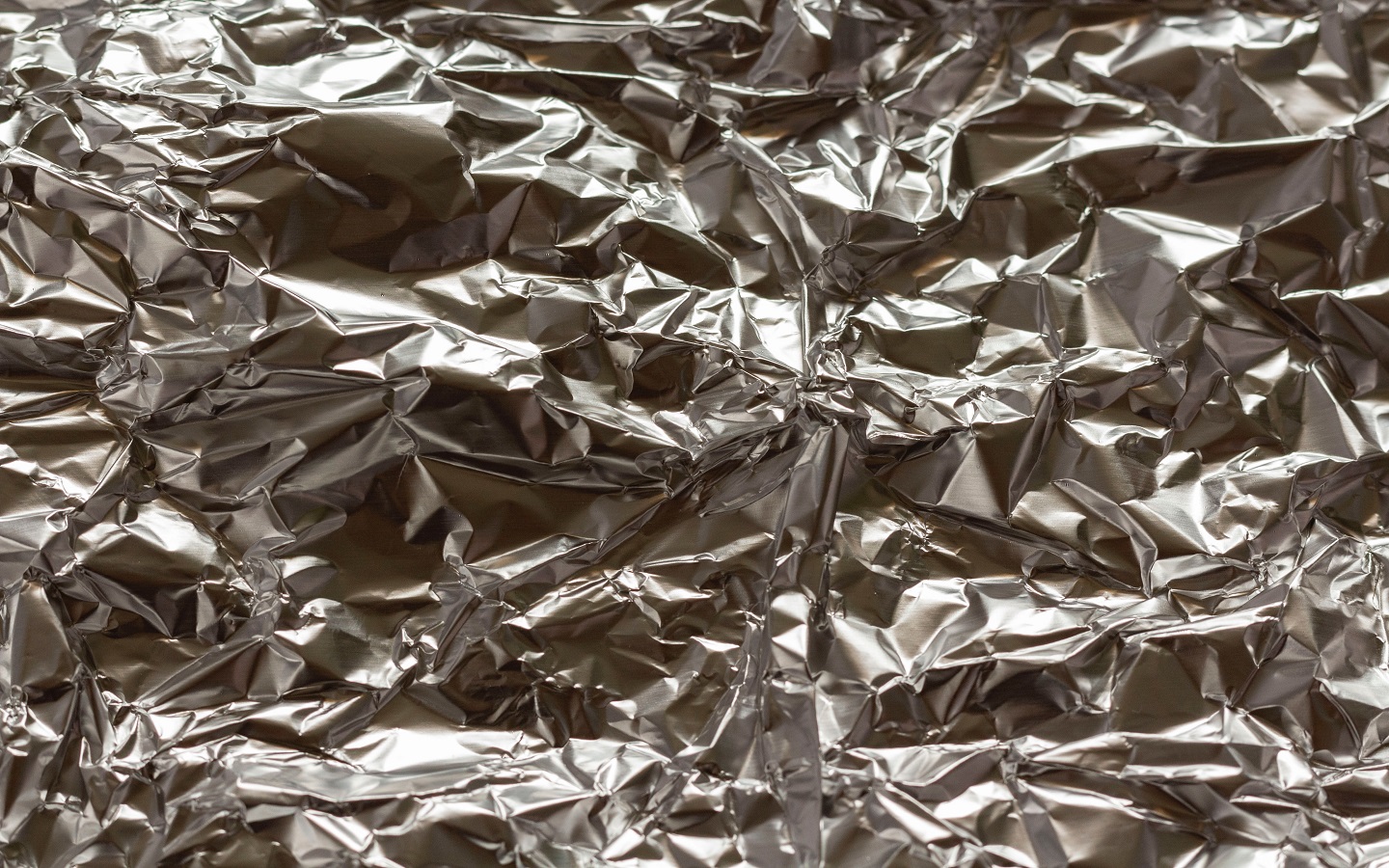
Aluminum alloys have excellent damage and harmful UV ray resistance. Also, they can withstand harsh weather resulting in optimal performance and resistance against gradual erosion. As a result, the prolonged and impeccable service makes Thai aluminum for house construction an excellent choice.
Low maintenance cost
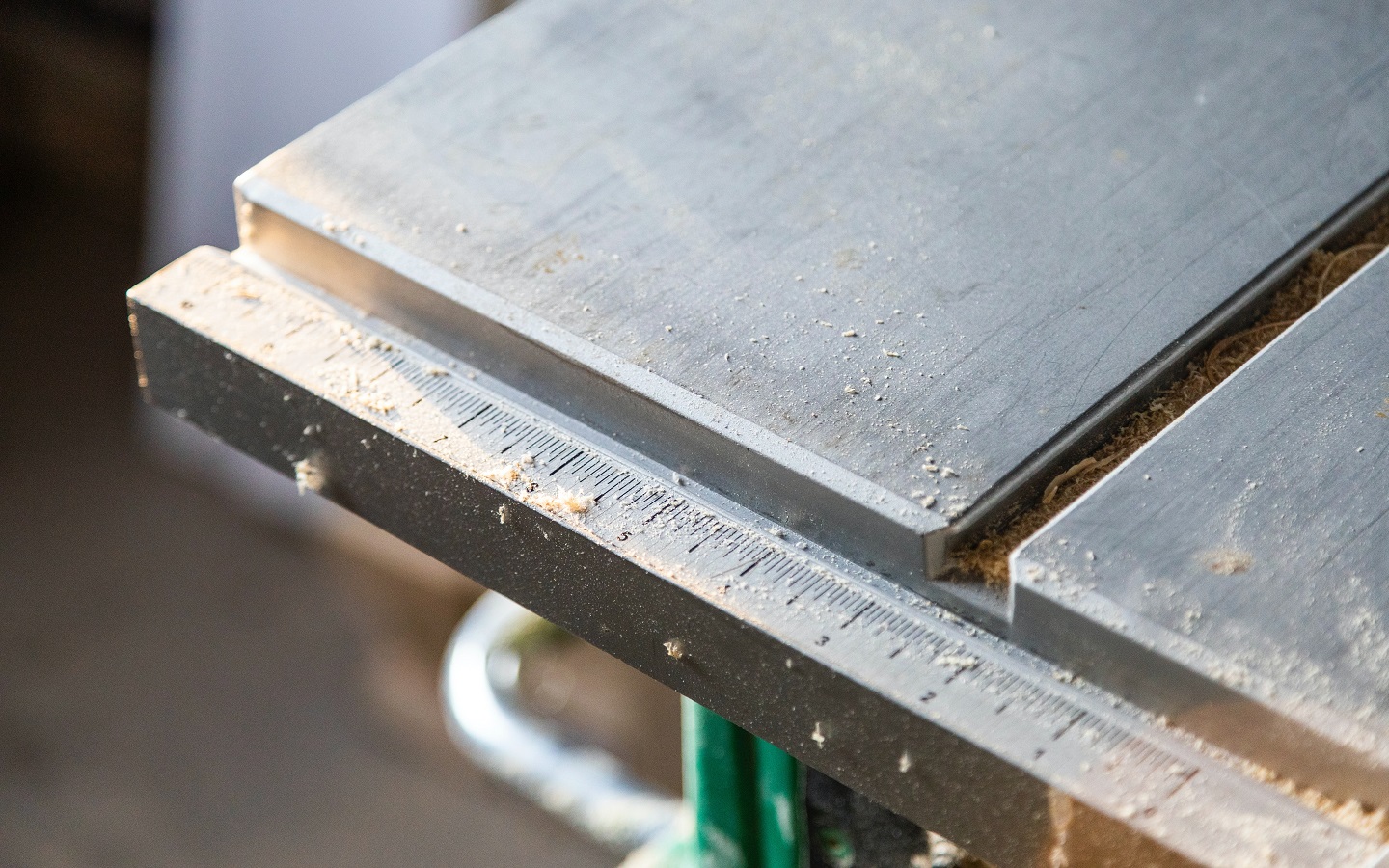
Most of the aluminum construction products come with a treatment of a protective layer. Hence they have built-in durability, which reduces the maintenance cost significantly. Furthermore, through the electrolytic process, oxidization can be enhanced. Such action increases the thickness of the natural oxide layer. As a result, the procedure improves the ability of aluminum to withstand the aggression of an unfavorable environment. In conclusion, better protective measures result in less requirement of maintenance.
Flexible to work with
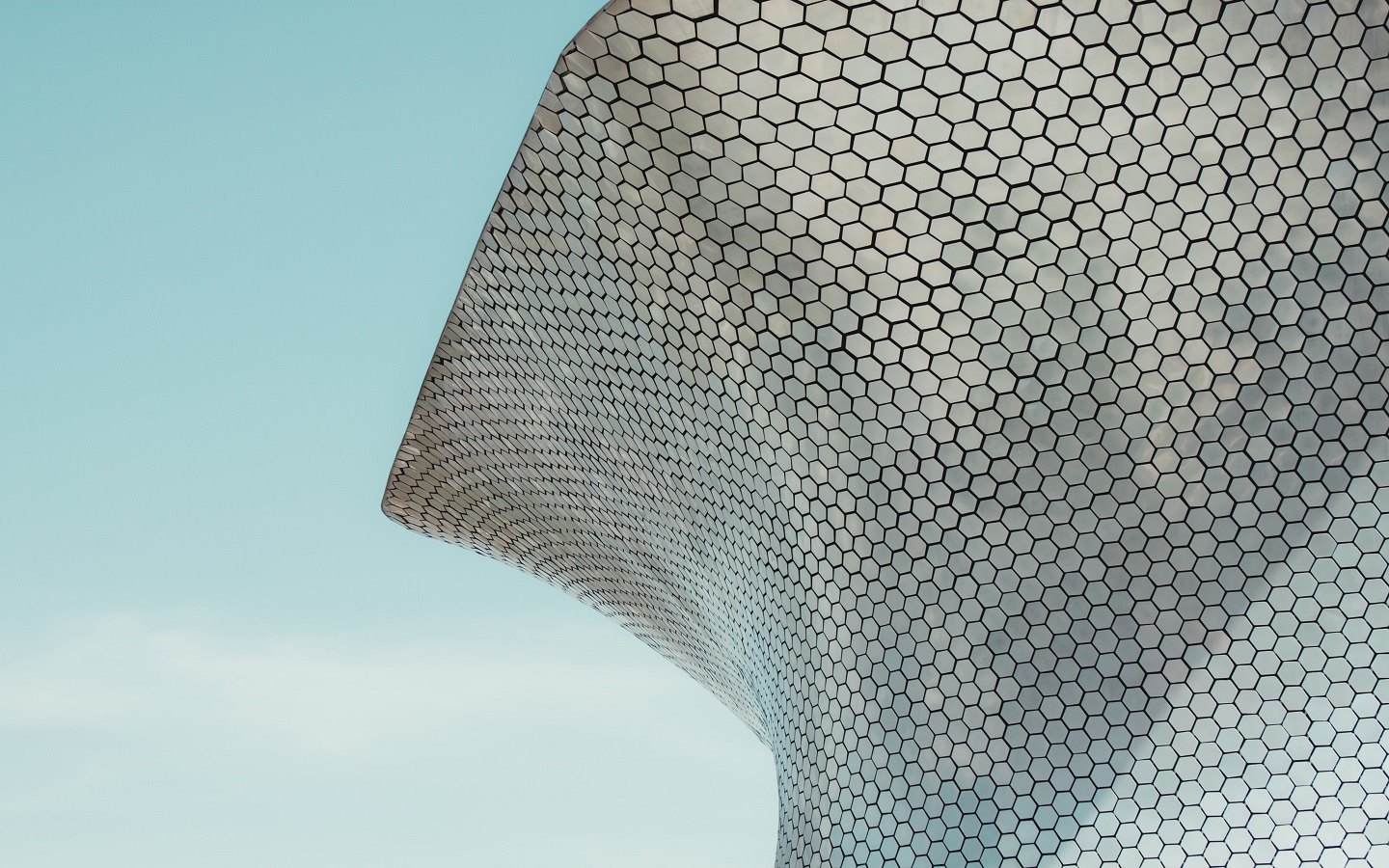
In addition to the better long-term performance, what makes aluminum a more realistic and intelligent option to go with is its flexibility. Thai aluminum offers endless possibilities of forms and sections for the architects to integrate numerous functional abilities within one profile. Moreover, you can easily modify aluminum with paint, surface touches, or optical effects according to the user’s requirement. To summarize, using Thai aluminum for house construction can provide the designer with flexibility.
Recyclability
Aluminum is much easier to recycle if the house owner decides to deconstruct the infrastructure to gather scrap material instead of going in with a wrecking ball. Moreover, it’s much more cost-saving as well as environment friendly. In addition, recycling aluminum can also reduce energy consumption. It only requires 5% of the energy to produce aluminum from bauxite.
Highly reflective
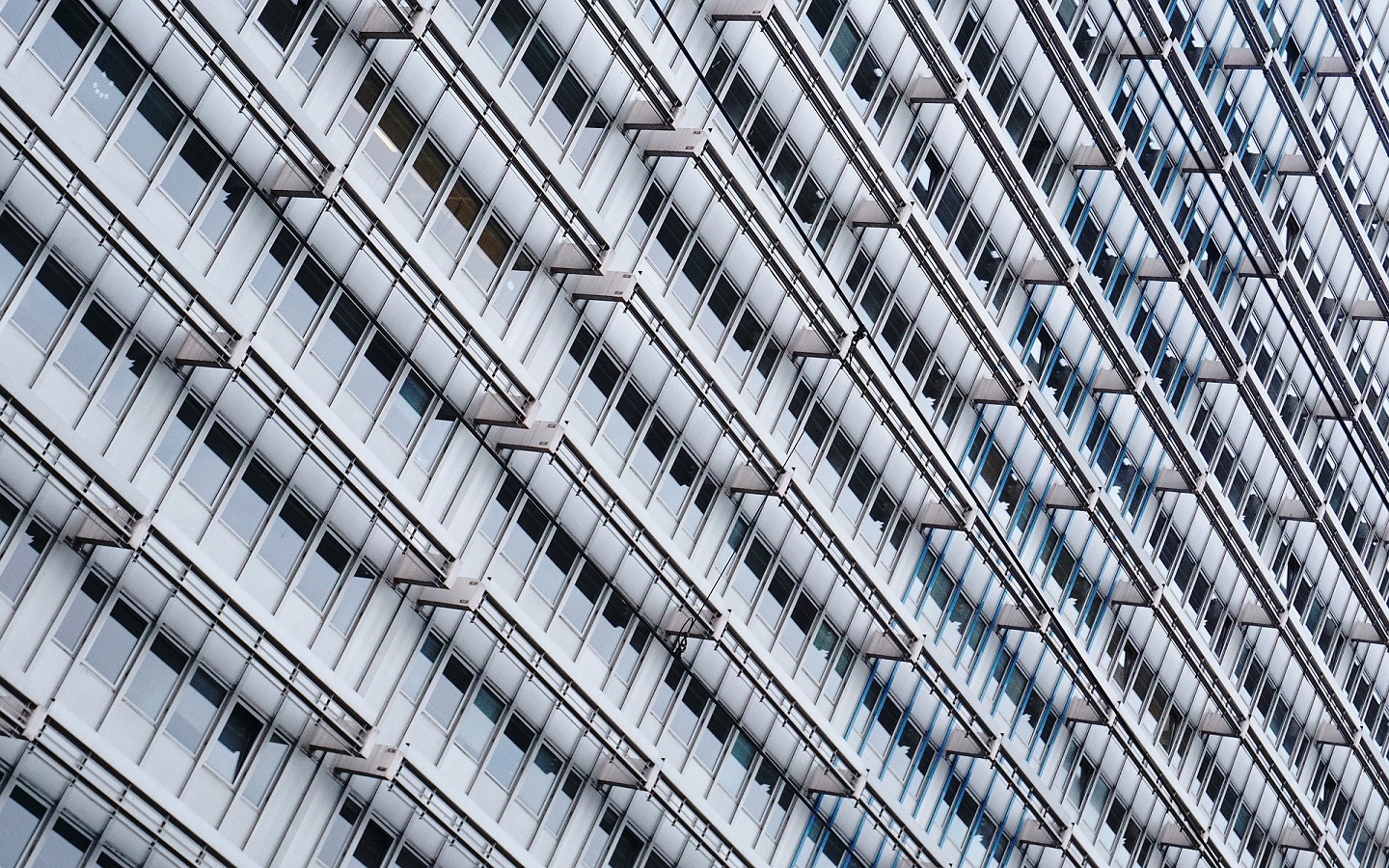
Aluminum alloys are highly reflective, which makes them an excellent option for light management. Suppose the highly reflective panels are installed as solar collectors. In that case, it can help reduce the consumption of energy and heat management in winter and an artificial source of light. Additionally, the use of aluminum shading can reduce the need for air conditioning in summer times. All these versatile, functional abilities make the case of using Thai aluminum for house construction much sensible and realistic as a viable option to go.
Increased safety
Using aluminum for house construction reduces the risk factor in fire hazards and other unfortunate accidents. Due to the lightweight and strongly built quality, aluminum frames can support much more weight of the surface structures than their counterparts. Also, aluminum has a high melting point of 650 degrees Celsius, instead and even at this temperature, it doesn’t burn but rather melts without releasing any harmful gases. Thus thin aluminum sheets are an increasingly popular option to go for, as in any unfortunate event of a significant fire hazard, it’ll simply meltdown without realizing any harmful component and allow easy air circulation to release the entrapped heat within.
Thai aluminum for house construction is an excellent option for building a sustainable house with optimal security. Additionally, they are budget-friendly for the longevity of service and low maintenance costs. In conclusion, aluminum alloys have many structural advantages from an architectural point of view, contrasting with very few inconveniences. The disadvantages are insufficient thermal insulation, lack of adequate waterproofing, and noise management in aluminum roofs and wall sheets while it rains. But you can easily make your house rain-friendly if you follow these steps in the link. Finally, when you stack the pros and cons against each other, the massive list of functionalities and advantages will surely outshine the small number of disadvantages that seem negligible anyways.

